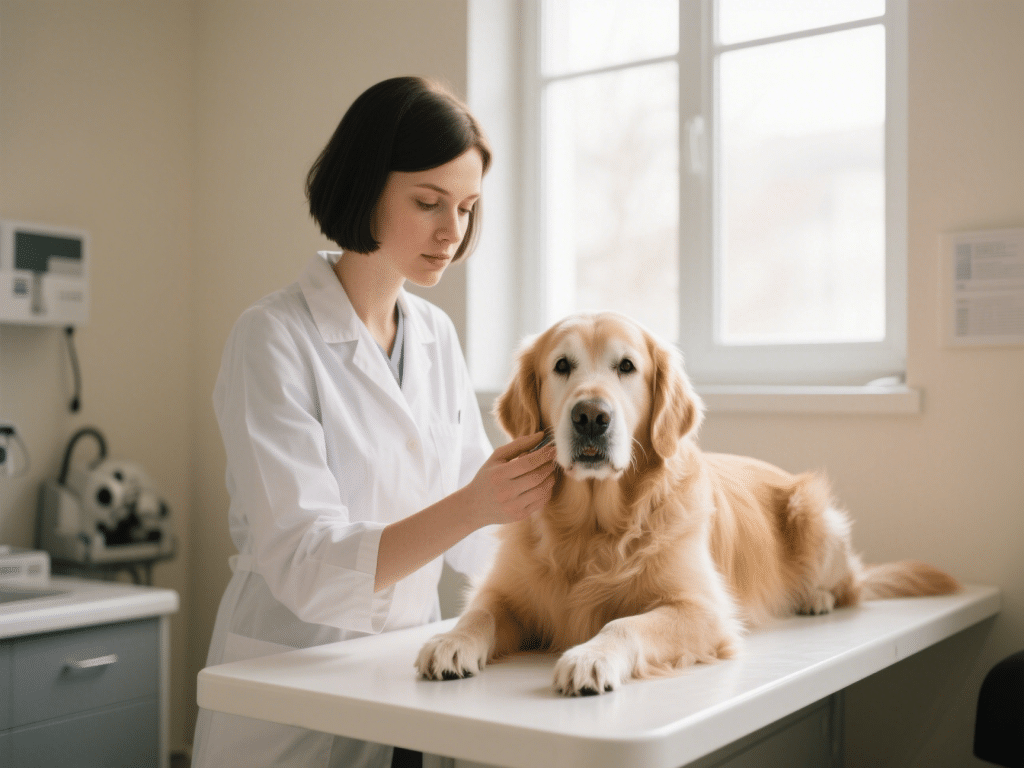RECOMMENDED NEWS

Understanding Pet Anxiety: How to Help Your Pet Feel Calm
Understanding Pet Anxiety: How to Help Your Pet Feel CalmWitnessing your beloved dog tremble during ...
Read More →
How to Care for Pet Fish: A Beginner’s Guide
IntroductionStarting an aquarium brings tranquility and beauty to your home, but improper care risks...
Read More →
How to Choose the Right Pet for an Apartment: Considerations and Tips
Choosing a companion for apartment living requires careful consideration beyond simple preference. L...
Read More →
How to Help Your Pet Adjust to a New Home
Helping Your Pet Thrive in a New EnvironmentMoving homes is exciting yet stressful, especially for p...
Read More →
The Importance of Regular Vet Visits: What You Need to Know
Why Routine Vet Visits Are Non-Negotiable for Pet HealthRegular veterinary examinations form the cor...
Read More →
How to Deal with Pet Behavioral Issues: Tips for Solving Common Problems
How to Deal with Pet Behavioral Issues: Tips for Solving Common ProblemsPet behavioral issues are am...
Read More →
The Science of Pet Aging: How to Care for Senior Pets
The Science of Pet Aging: How to Care for Senior PetsIntroduction: The Graying of Our PetsAdvances i...
Read More →
Understanding Pet Health: Preventative Care and Regular Check-ups
Understanding Pet Health: Preventative Care and Regular Check-ups Are LifesaversOwning a pet brings ...
Read More →
Training Your Pet: Effective Methods for Behavior Correction
Training Your Pet: Effective Methods for Behavior CorrectionAddressing unwanted pet behaviors requir...
Read More →
Comments on "How to Care for Your Pet’s Skin and Coat: Essential Tips for Shiny, Healthy Fur" :